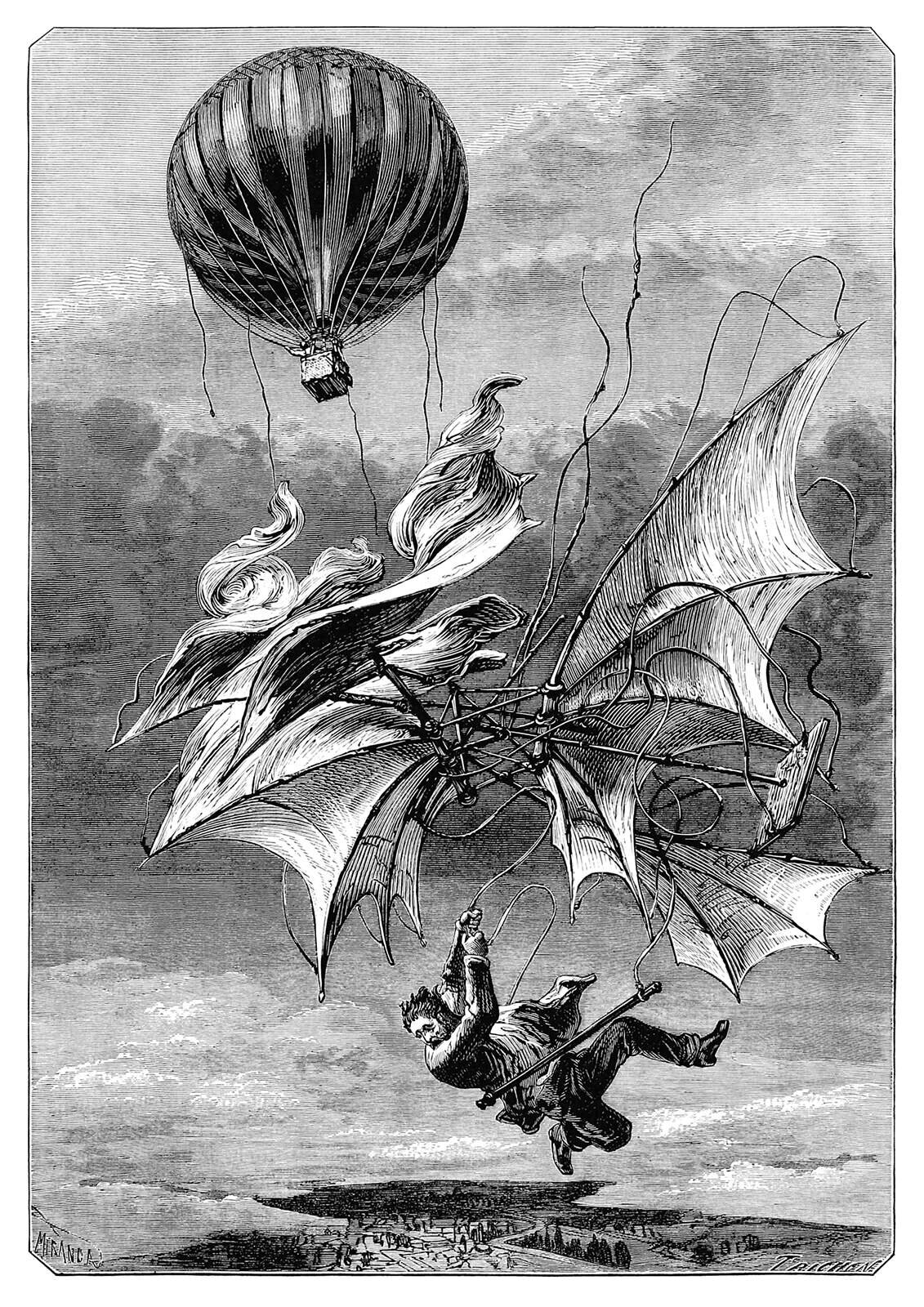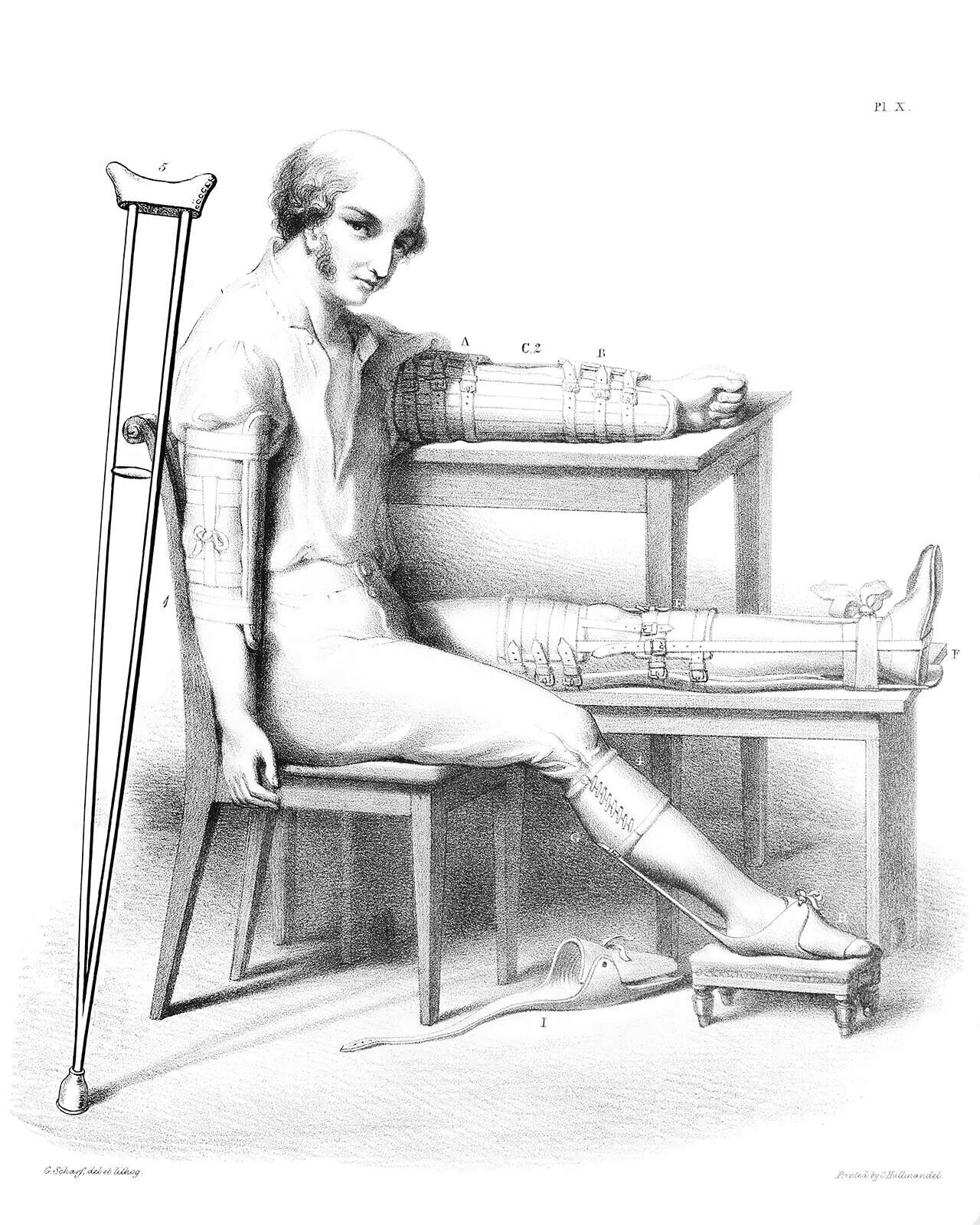Failure, Diegesis & Ability Score Increases
System designers are thieves by their very nature. This post was prompted by a discussion on the New School Revolution Discord server about the forthcoming Freebooters on the Frontier 2nd Edition (“FotF2”), where I said that the game had a lot of great stuff worth stealing for NSR, OSR and Post-OSR style games. I figured it might be fun to take you along with me on a heist, where I steal a mechanic from FotF2 and talk about the how and why I jammed it into my own game-in-process, the Prismatic Wasteland.
Although it is a Powered by the Apocalypse System, parts of Freebooters are applicable to those of us who are interested in the OSR, NSR or Post-OSR styles of play. FotF2 has the six ability scores typical to D&D-alikes plus a seventh (Luck), each of which are generated by the classic 3d6 method. However, while FotF2 is like D&D in the use of XP and character levels, it does not tie ability scores increases to leveling-up. Instead, when an ability test (or a “move” in FotF2) is made and failed, the character “marks” the ability score used. To “mark” the ability score, the player, using a pencil, bubbles in one of the circles above the ability score as if taking a standardized test. When all five bubble are filled in, the player erases all marks and increased that ability score’s maximum by one, adjusting the modifier if necessary. Take a look at snippet of one of the character sheets (or “playbooks” in FotF2) and you will probably intuit how this works if you haven’t already fully grokked it.
“The greatest teacher, failure is”
Diegesis, in short, is used to describe something that exists within the fiction. Your character’s broken leg is a diegetic injury, but losing their hit points is not. There is no need for me to retrod old ground so well-trod by old grognards, so if you want to catch up on the spectrum of TTRPG thought on diegesis, I can recommend these blogposts on the subject from Emmy Allen, Chris McDowall and Ava Islam. The reason this method for increasing ability scores is diegetic (or at least more diegetic than other methods) is that the ability score increases as a result of what happens within the fiction—the character is learning by failure. The character tries and fails to understand a tome of forgotten lore, tries and fails to decipher a dead language, and tries and fails to cast a spell. As a result of their repeated efforts, they eventually get better at future tests to do similar tasks, represented by an increase to their Intelligence. The motivational phrase “If at first you don’t succeed, try, try again” comes to mind. This level of diegeses is especially true in games that have different levels of difficulty for ability tests (FotF2 does not), because a character with a higher ability score is less likely to fail a test with a lower difficulty, and therefore only learns and grows by pushing themselves. This also adds a degree of balance (I don’t much care about balance, but it is worth mentioning): a character with a lower ability score will have an easier time increasing their ability score than a character with a higher ability score. And this makes diegetic sense as well: it may only take a day or two to learn something new, but mastery takes a lifetime.
Diegetic and non-diegetic are not complementing modes of advancement; they complement each other. When your fighter levels up, that is character advancement, but so is the fighter finding a magic sword in the caverns beneath a frozen lake. Multitudinous tracks of advancement tend to make for more interesting long-term gameplay as players juggle multiple goals for their characters. Luke Gearing had a blogpost arguing against incentives in games, but I do not think that is at all possible. XP is but one type of incentive, typically how the designer incentivizes player action, from XP for Gold to XP for Blood. The referee can incentivize player action with adventure design—stocking treasure and monsters, creating loops in dungeons, etc. This method of ability score increases incentivizes players to make their characters take risks. The more often they attempt ability tests, especially tests with lower odds for success, the more likely they are to increase their ability scores. But this incentive has an innate counterbalance: failure is bad. The character that attempts to jump across a gorge may get to “mark” their Strength score when they fail, but that is small consolidation as they fall down said gorge.
“And why do we fall, Bruce? So we can learn to pick ourselves up.”
I am a thief, but I rarely go whole hog with my heists, preferring instead to slice off just the tastier bits and add it to my stew. Diegetic ability score increases is one such morsel, so much so that it is a part of my core mechanic of stat tests (I call ability scores “stats,” but they work the same—there are six of them and they range from 1 to 20 with modifiers of -5 to +5). Stat tests vary in difficulty and typically involve adding the modifier of the most applicable stat to the test. All very typical. But the character does not merely succeed or fail. Instead there are a range of outcomes: Full Success, Mixed Success, Failure, Critical Success & Critical Failure. Not to get in the weeds on an entirely different subject, but these roughly equate to (in improv terms): Yes, Yes But, No, Yes And & No And. But only for Failures and Critical Failures (the “No” options) does the character “mark” the stat used.
With only a slight tweak, the pilfered mechanic goes to work. When I began playtesting Prismatic Wasteland, I found that my players didn’t make tests as often as FotF2 assumes the character makes moves. The cause is a confluence of both mechanics: in FotF2, everything the players do is a move, whereas in PW there are many activities that don’t require ability tests by the player characters like much of long-distance travel (the Company, a type of group-controlled character makes the tests) and combat (there are no to-hit rolls in Prismatic Wasteland); and play style: the old-school tradition tends to rely less on ability tests. So I changed the number of “marks” required to increase a stat from five to three. This is definitely something I want to keep an eye on going-forward (beta testing for PW begins soon), but ideally each session has one player increase a stat, on average. With 3d6 stat generation, my players characters start life with lower stats than they might be used to with point-buy or 4d6-drop-lowest, so I prefer to err on the side of quicker advancement than slower. So far, my players seem to like this aspect of the system and say it offers carrots and sticks in a healthy proportion. If you are designing a system, feel free to steal this mechanic, but hopefully you are already stealing left and right. Go forth and steal, my fellow designers.



